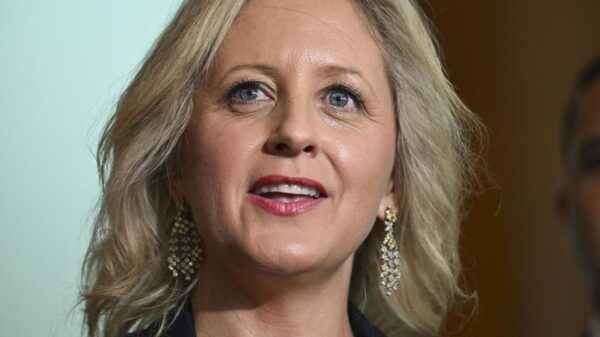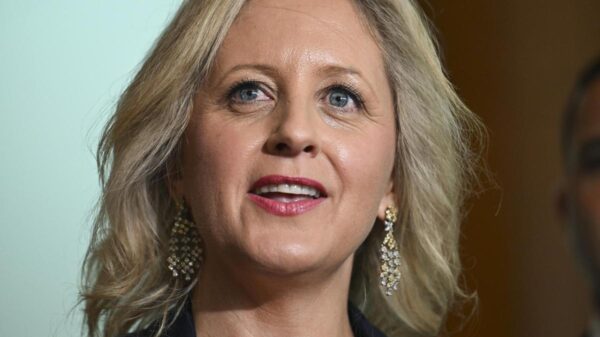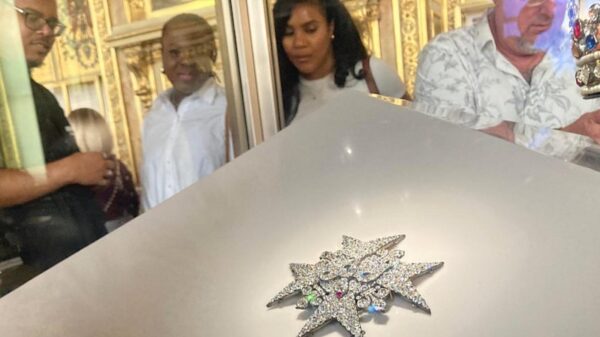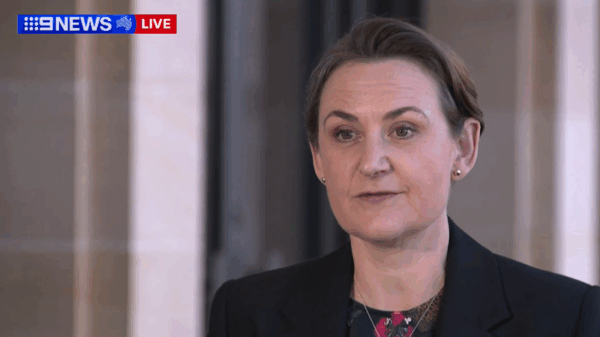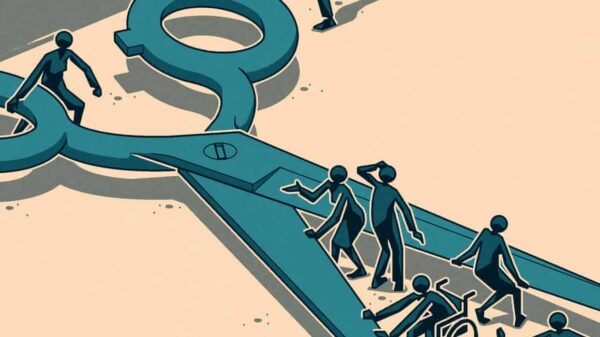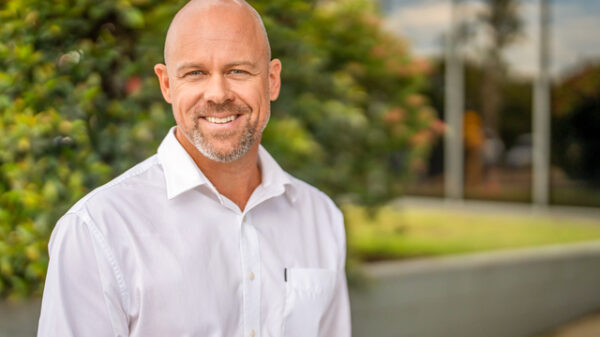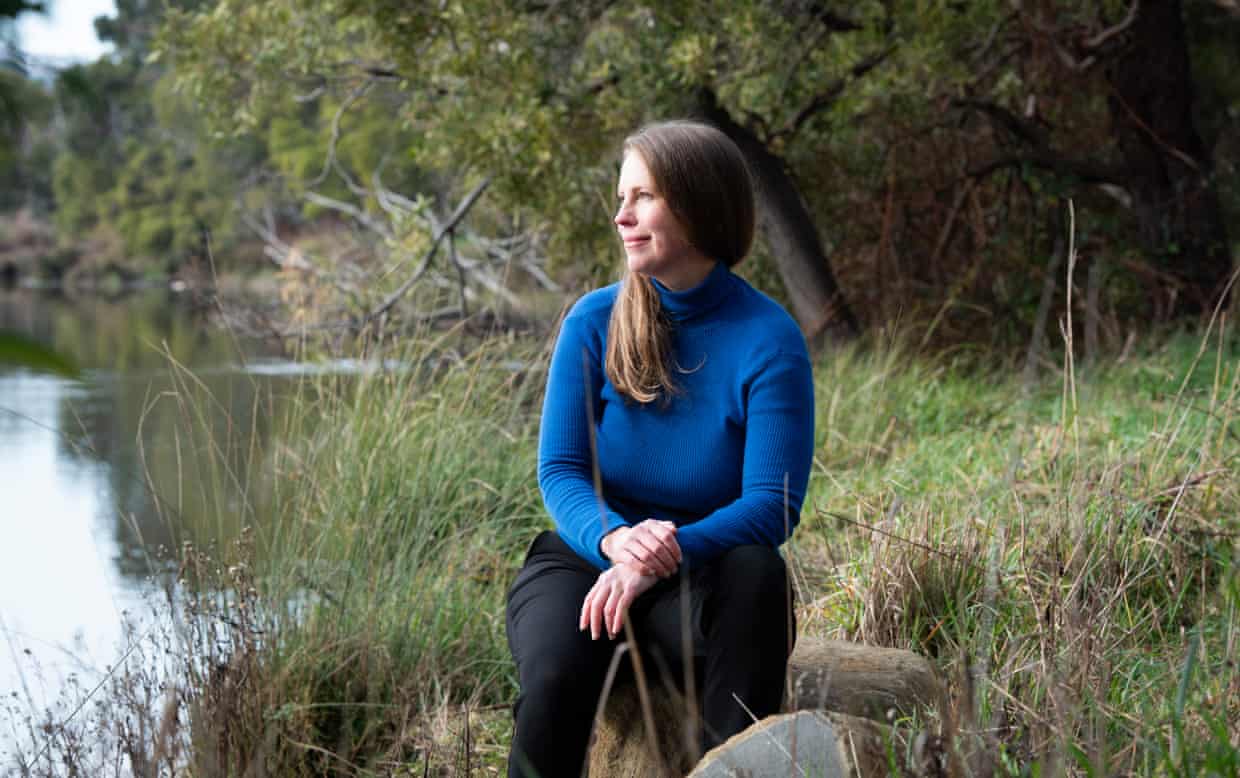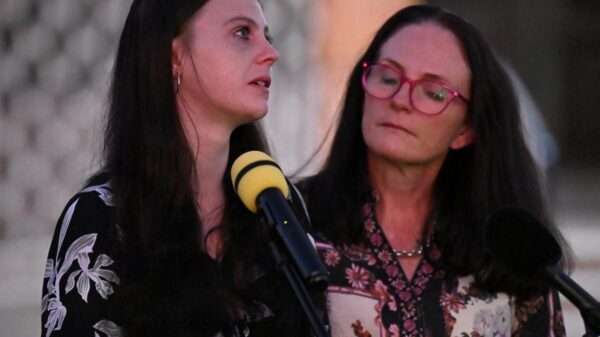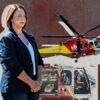The University of Sydney has embarked on a groundbreaking initiative aimed at increasing the representation of women in engineering. This effort comes as the percentage of female academics in the faculty is projected to remain below 20% in 2025. The university is launching its first recruitment drive specifically targeting female candidates for academic roles across five engineering disciplines, including aerospace, mechanical, civil, computer science, and electrical engineering.
Dr. Jacqueline Thomas, who began her career in civil engineering a decade ago, noted the stark gender imbalance she faced. Initially, she was one of only two full-time women in her department. “It was crazy, it really took me by surprise,” she reflected on her early days. Thomas, who recently welcomed her second child, emphasized the importance of representation: “The greater diversity that we have within our teaching space demonstrates for our student cohort that these pathways are possible.”
Strong leadership is evident in this initiative, spearheaded by Prof. Renae Ryan, a biomedical engineer and the associate dean of culture and community in the faculty. She stated that this campaign is one of the largest efforts to recruit women in engineering history. “We want to reflect the society we serve,” Ryan said. Her goal is to ensure that women see role models in engineering, thereby fostering an environment where they feel they belong.
The statistics reveal a troubling trend in the engineering field. According to a report by Diversity Council Australia, only 11% of female engineering students go on to work in the sector, and a mere 4% of those were born in Australia. Compounding these issues, the gender pay gap for women in engineering stands at 24%, significantly higher than the 14% across all industries.
Ryan pointed out that many girls are often discouraged from pursuing math and science subjects due to societal pressures. This early exclusion can lead to a lack of female representation in engineering, which she described as a systemic issue. “There are some countries where the engineering workforce is actually more female-dominated,” she noted, citing Turkey, Iran, and Egypt as examples.
The implications of this gender imbalance extend beyond representation; they influence safety and innovation in engineering. Ryan highlighted how historical biases in design have negatively affected women, particularly in the automotive industry. For instance, crash test dummies have traditionally been modeled after the male body, which has led to increased injury rates for women in car accidents. “We need women in the engineering workforce,” she stated. “If we don’t have diversity in the people doing the work and designing these systems, we’re not getting the best out of the technology.”
As the University of Sydney moves forward with this initiative, the hope is to not only increase female representation but also to create a more inclusive environment in engineering. By providing role models and opportunities for women, the university aims to dismantle the barriers that have long hindered gender equity in this vital sector.


